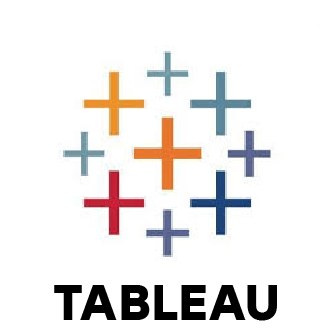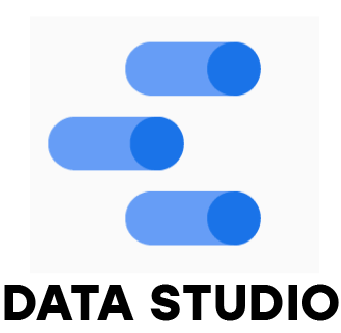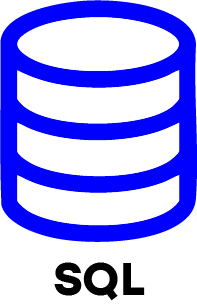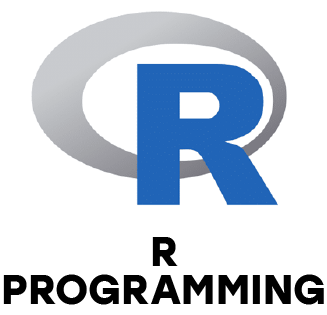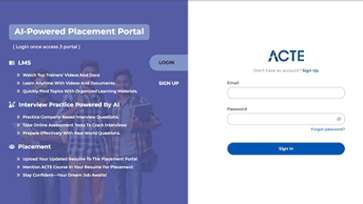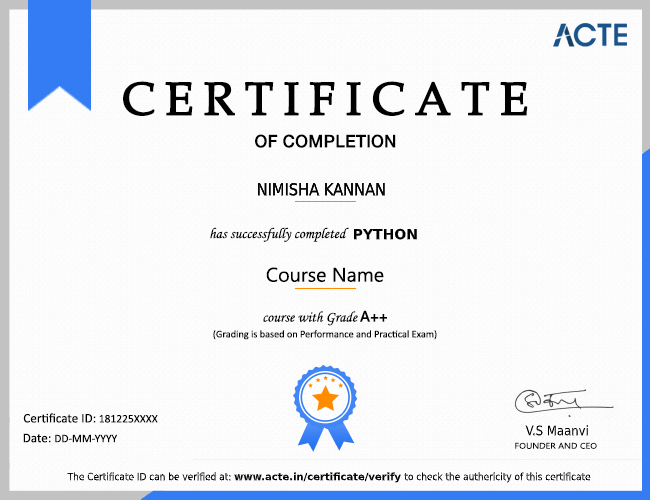Additional Info
What is Data Analytics?
Data Analytics is the intricate process of the examination of big data to recover information - such as underlying patterns, correlations, market trends, and customer preferences. This can help organizations make informed business decisions to help the business grow and streamline according to their customer crowd's preferences. On a broad scale, data analytics technologies and techniques offer organizations a method to analyze data sets and retrieve new information. Business intelligence (BI) queries take basic questions about business operations and performance and try to find the simplest and most efficient solutions to them. Data Analytics is a type of advanced analytics, which involves complex applications with various elements. This includes predictive models, statistical algorithms, and what-if analysis powered by several analytics systems.
The importance of Data Analytics :
Organizations can use Data Analytics systems and software to uncover data-driven decisions that can help improve business-related problems. The benefits include effective marketing strategies, unique revenue opportunities, customer personalization techniques, and improved operational efficiency. With an effective strategy, these benefits often provide competitive advantages over rival companies which can sometimes be pivotal for having an edge over the rival.
How do Data Analytics work?
Data analysts, data scientists, statisticians, predictive modelers, and other analytics professionals manipulate data by collecting, processing, cleaning, and analyzing the growing volumes of structured transactions as well as other forms of data that are not used by conventional BI and analytics programs.
These are the four steps of the data preparation process that takes place:
Data professionals initially collect data from a variety of sources in its raw form. Often, it is a mixture of semi-structured or completely unstructured data. While each organization uses different data streams for their analysis.
Data is then processed. After all the data is collected. It is stored in a data warehouse or also known as the data lake. The data professionals must now go through organizing, configuring, and partitioning the data efficiently for analytical queries. Thorough data processing makes it possible to tweak for higher performance from the analytical queries.
Data is then cleansed to make sure its quality is not compromised. Data professionals scrub all the data using special scripting tools or enterprise software. They scan for any possible errors or inconsistencies, this includes duplications or formatting mistakes, organizing and tidying up the data.
Data Analytics Tools Utilization in the Industry:
There are many different types of tools and technologies that are used to support Data Analytics processes. Some of the common technologies and tools used to enable Data Analytics processes include:
- Hadoop - This is an open-source framework used for storing and processing large data sets. Hadoop can handle big amounts of structured and unstructured data and effectively process them into streamlined information.
- Predictive analytics - This includes hardware and software, which process large amounts of complex data using machine learning and specific statistical algorithms to make predictions about a future event's outcome. Organizations use these predictive analytical tools for fraud detection, risk assessment, marketing, and operations.
- Stream analytics - This includes tools that are used to filter, aggregate, and analyze vast amounts of data that may be stored in various formats or platforms for future use.
- Distributed storage - This is the method in which data is replicated, usually on a non-relational database. The data can then be used as a measure against independent node failures, even lost or corrupted big data, or to provide low-latency access to organizations.
- NoSQL databases - These are non-relational data management systems that are useful when working with unusually large sets of distributed data. As such they do not require a fixed schema, which makes them optimal for raw and unstructured data.
- A data lake - Large storage repositories that hold native-format of raw data until it is needed are known as data lakes. Data lakes use a simple flat architecture to store data.
- A data warehouse - This is a storage which is a repository that stores large amounts of data collected from different sources all in one place. Data warehouses typically keep data using predefined schemas to perform the task.
- Knowledge discovery / big data mining tools - These tools enable businesses to mine large amounts of structured and unstructured big data from the world wide web.
- In-memory data fabric - The process that distributes large amounts of data across system memory resources is called in-memory data fabric. It helps to provide low latency for data access and processing.
- Data virtualization - The method of enabling data access without any technical restrictions.
- Data integration software - As the name states, data integration software enables big data to be streamlined across different platforms. This includes Apache, Hadoop, and Amazon EMR, MongoDB.
- Data quality software - cleansing and enriching large data sets.
- Data preprocessing software - prepare data for further analysis. The Data is formatted and unstructured data is removed.
- Spark - this is an open-source cluster computing framework that is used for batch and stream data processing.
Course Trends on Data Analytics :
Data and analytics are evolving trends that have aided in the modernization and growth of businesses in our country. They have established themselves as key players in the improvement of business efficiency. According to Gartner, commercial AI and ML will be used more frequently, adding more value to businesses and investments. It will pave the way for more accessible solutions in model management, project management, data regeneration, lineage, and transparency. It predicts that queries generated through search, voice, and natural language processing, which will include benefits such as sentiment analysis and enhanced social listening, customization Chatbots and another conversational interface, will make it easier for customers to interact with manufacturers. The Internet of Things (IoT) will have the most influence on data analytics. This combination of IoT and Analytics will add more business value and serve as a powerful tool to improve customer insight and revenue. Data analytics is a reliable resource for evaluating investment and informed decisions in marketing, recruitment, and branding, and it will continue to play a role in the future. Augmented analytics uses ML and AI techniques to transform how business people are critical enablers.
Various Career Options in Data Analytics :
Marketing Analyst: Marketing analysts use data to make informed decisions about marketing and sales activities. Marketing analysts are data crunchers who are also aware of a company's marketing aspects. To make predictions, identify opportunities, and streamline processes, marketing analysts must use relevant data.
Data Scientists: They collect and analyze data so that the evaluation of the team can be relayed. Data Scientists frequently work with complex data and advanced analytics, necessitating strong expertise in Data Analytics, including programming languages such as Python and R, data visualization tools, and other critical skills.
Data Engineer: A Data Engineer frequently works with large data sets and is responsible for infrastructure around several data analytics of processes. Data Engineers must have strong expertise in data visualization and programming but also experience developing and testing solutions.
Data Analyst: Data experts are needed to interpret and represent data in various forms to derive actionable insights. Data Analysts must be familiar with Excel, Access, SharePoint, and SQL, as well as data mining data vimining data and programmingsation tools. Data Analysts can also assist in the separation and simplification of data from multiple systems that must be shared for further analytics.
Machine Learning Engineer: Deep Learning, Python, and other programming languages, Data Analytics, and data visualisation tools are all required for a Machine Learning Engineer. According to reports, Machine Learning Engineers are in high demand at companies.
Data Journalists: Data and information are critical components of any organisation, particularly in journalism. As a result, publications and various news agencies require Data Journalists, who are primarily responsible for locating data, distinguishing useful data from bad data, and analysing it for simplicity. If you're wondering how to make a career in Data Analytics after earning a degree in Journalism, Data Journalists must have strong technical skills in SQL and Python, as well as expertise in Data Visualization and Statistics.
Database Admin: Database administrators are primarily responsible for ensuring the database's proper operation, and they should be familiar with a variety of database tools such as SQL, NoSQL, and others. Database administrators monitor and optimise performance, as well as implement, configure, and troubleshoot database instances, to ensure the environment.
Product Analyst: A Product Analyst, like a Business Analyst, is in charge of managing product-related processes such as planning, analysing existing or new products, and ensuring the proper operation of the products used within the organisation. If you're wondering how to switch careers to Data Analytics, keep in mind that Product Analysts must be well-versed in Data Science tools such as R, Python, SQL.
Data Visualization Specialists: They must be well-versed in a variety of data processing tools, including Tableau, Qlik, Datameer, SAP, TIBCO, and others. In addition to business and functional knowledge, this role is ideal for Data Analysts who are well-versed in all of the programming languages used for data analysis.
Data System Developers: Data System Developers are the brains behind the database and the system. They assist in the design, construction, and maintenance of an organization's data and analytics infrastructure, as well as in facilitating the process for Data Scientists, Analysts, and other Developers.
Benefits of Data Analytics Certification:
Organizations desperately require skilled Big Data professionals as they can improve efficiency and enhance their business growth. In the Big Data industry, a big data professional’s designation is based on two requirements: those who process the data and those who store the data. Becoming a Big Data professional provides many benefits such as Career growth, higher salary, better job opportunities, by upgrading to new technologies you will be hired by various big IT companies that work with large amounts of data regularly. As per some recent surveys, many organizations are not able to meet the demands of their customers due to the magnitude and complexity of the data provided. They are unable to analyze and process the data within the speculated time frame. To avoid these types of issues, Organisations are investing a large amount of their capital into Big Data professionals.




